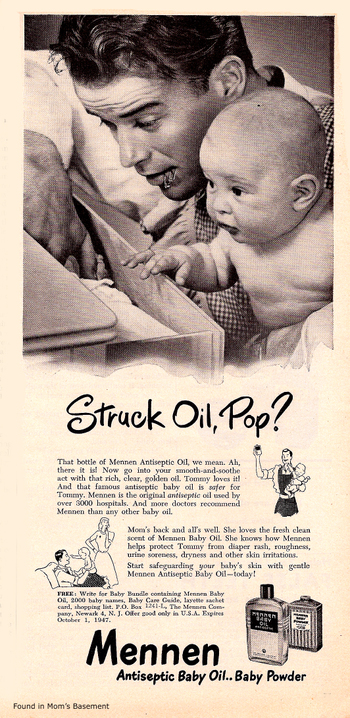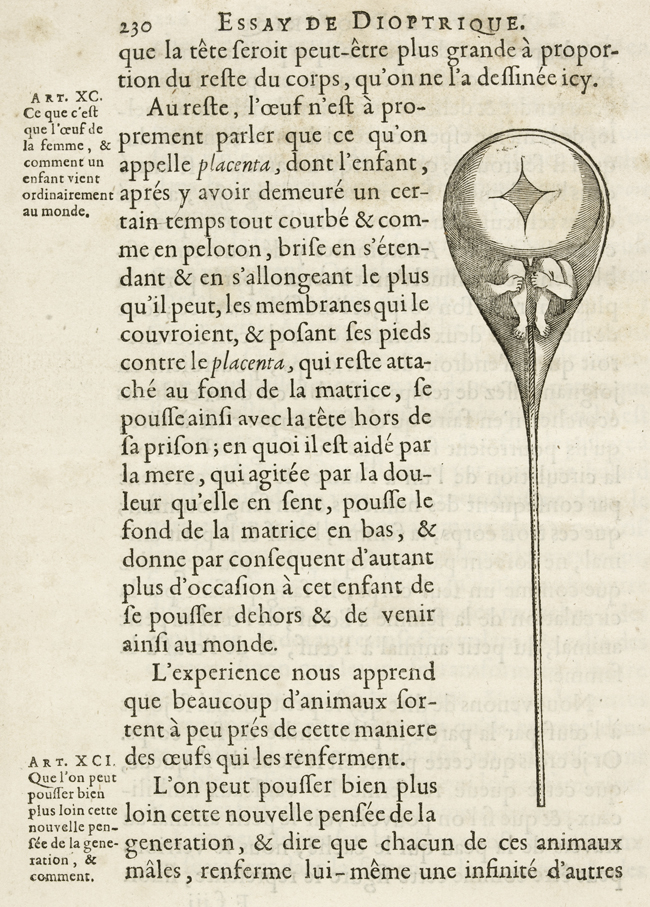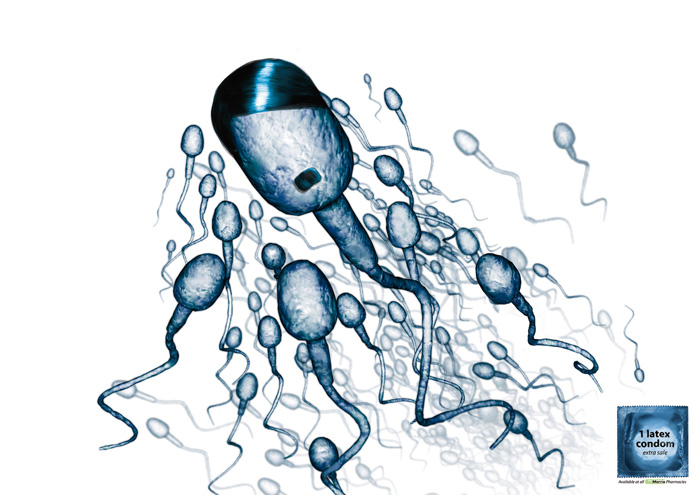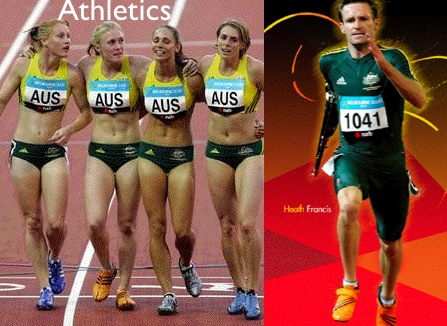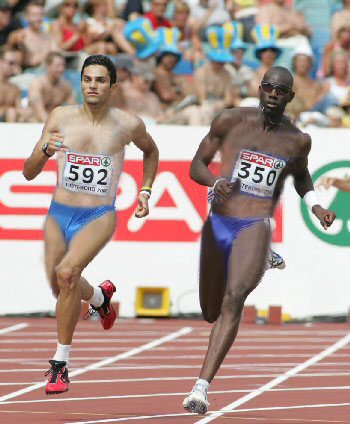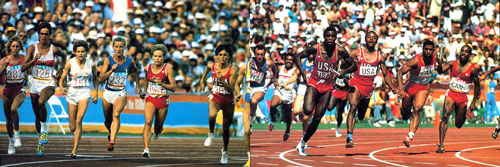A recent installment in the Sexist Body Wash Ad category [see any Axe ad for others], Old Spice’s Double Impact body wash uses a centaur [man/horse hybrid] to suggest that the hybrid product will boost users’ sexual potency. The centaur calls himself “two things at once.” The first time, he says he’s “a man AND a smart shopper.” The second time, he says that he’s “a man AND a provider.” The viewer thus easily links the “man” with the human part of the centaur and the “smart shopper,” along with the “provider,” with the equine part by process of elimination. Drawing in the idea of a particularly potent man being “hung like a horse,” the ad implies that users of Old Spice body wash are not only “smart shoppers” and good “providers,” but also that they are heterosexual [notice the woman as prop, signifying the centaur’s heteronormative orientation] dynamos in the sack [stall?] with really big penises! The message, however, is complicated by the fact that the centaur is apparently composited from a male model and a female horse, who is obviously not hung. Hooray for polysemy!
[youtube]http://www.youtube.com/watch?v=YtN9CW01QDM[/youtube]
For further interesting hybrids, you can see video at the product’s Web site shows the same male model combined with different animals, including a slug, an octopus and a snake, as well as non-animal things, such as a tree, a cannon and a fish stick [?]. I’m not sure what to think about them….

